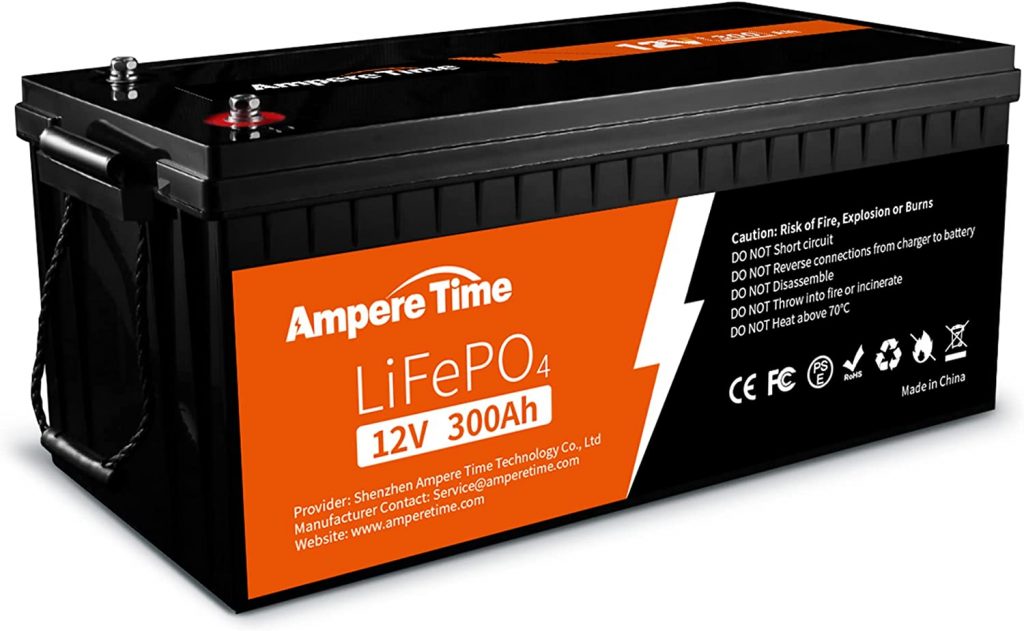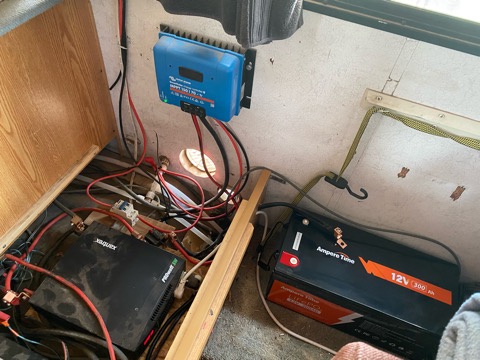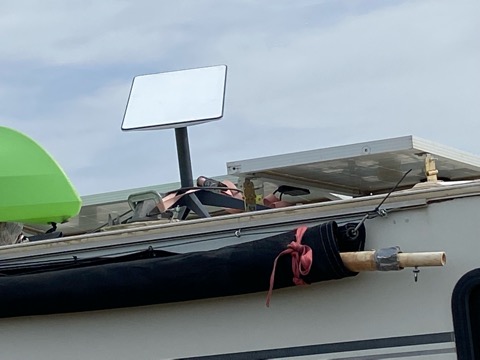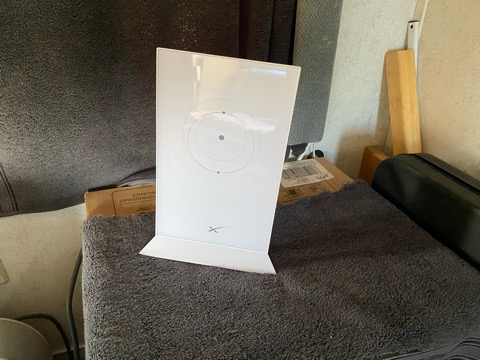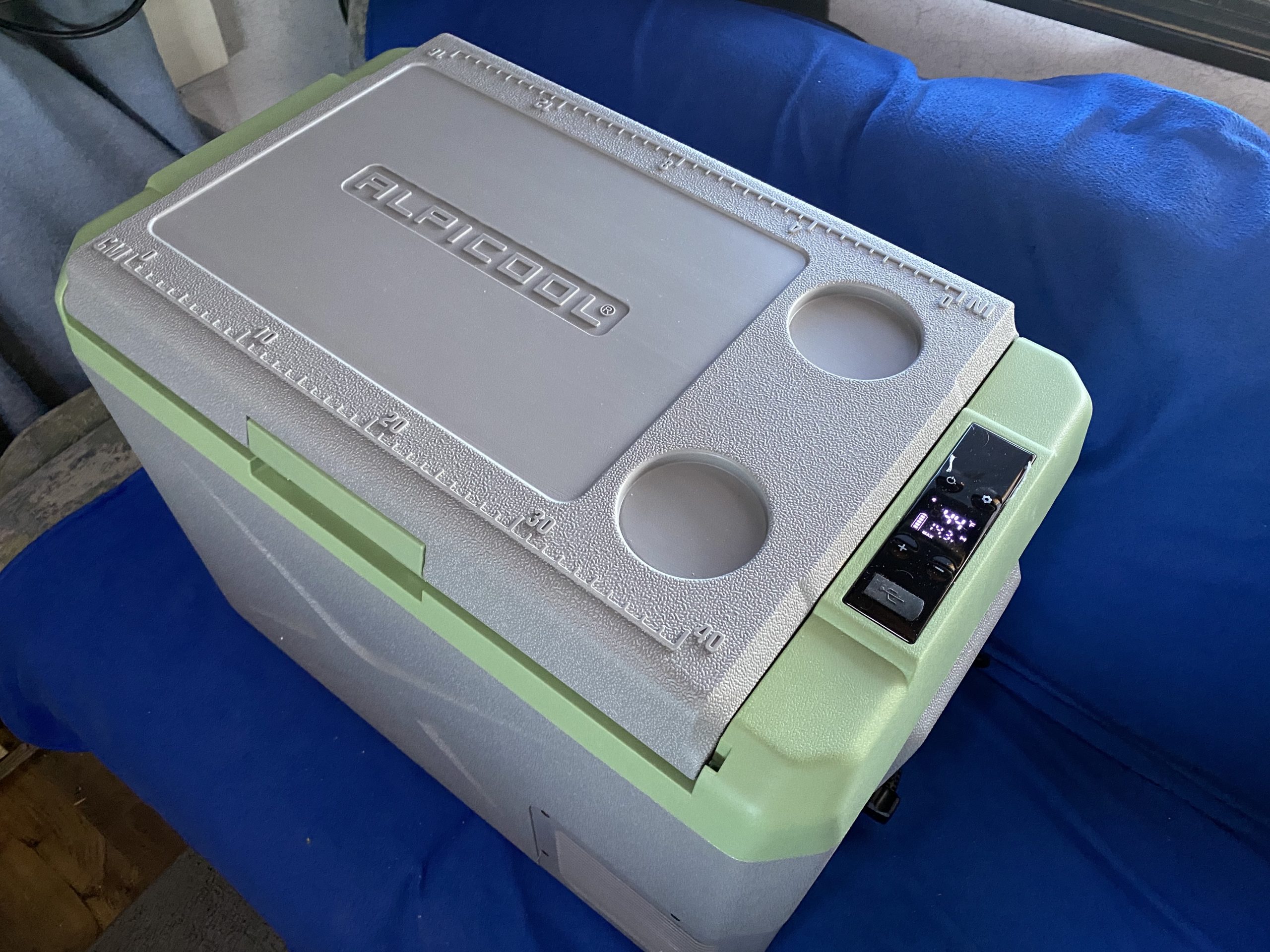
The newest addition to my rig is a 12 volt chest refrigerator. It’s called an Alpicool X40. I’m sure it’s made in China, but looking at reviews of people that have them, seem as good quality as ones costing several times more. Even if I can only get a few years of service out of it, the price spread out over time is not too painful.
the nice thing about these chest fridges is that they only use a few watts to run. With all the solar and battery power I have, the 4 or 5 amps it pulls put very little drain on my electric system. And unlike my propane fridge, it only runs part of the time until the temperature turns the compressor on again.
I have never been a fan of propane refrigerators. It never used much propane but over the course of a couple years, what I spent for propane could pay for my chest fridge. I think more than the cost of propane, it was the hassle of finding and filling bottles all the time. Lots of places have gone to swapping out bottles instead of filling them. At least I modified my rig to use portable propane bottles. If I had to drive my rig to a propane dealer, that would be even more of a hassle.
An upright refrigerator is a little easier to get things out of than a chest fridge. Getting what you want seems to always be on the bottom and requires some digging to get to it. Fortunately, I don’t stock groceries for a family, so that helps keep the inventory down.
The freezer on my propane fridge would never get cold enough to keep ice cream hard. Sometimes things in the refrigerator compartment would freeze. My absorption propane fridge has served me well, but it is on its sixth year since I replaced the coils on the back, and many say that the life of an absorption fridge is about 7 years.
My plan is to get another smaller chest fridge/freezer ( most can be used either way) after a while to use exclusively as a freezer. I still have to remove the old fridge and build a cabinet for the new ones. As with all things I do, I’ll update how they are working and if I’m happy with the new setup.
